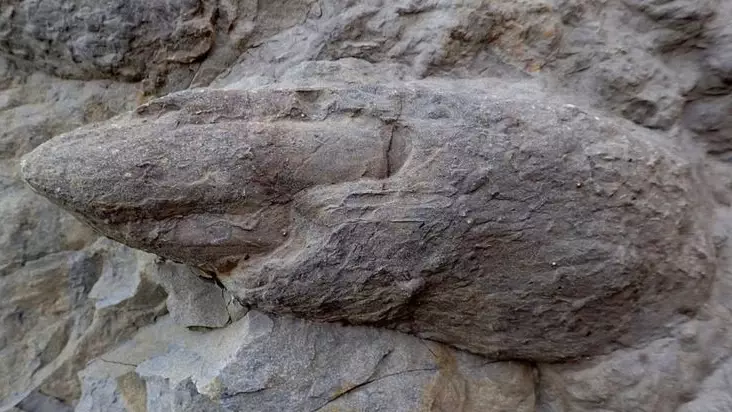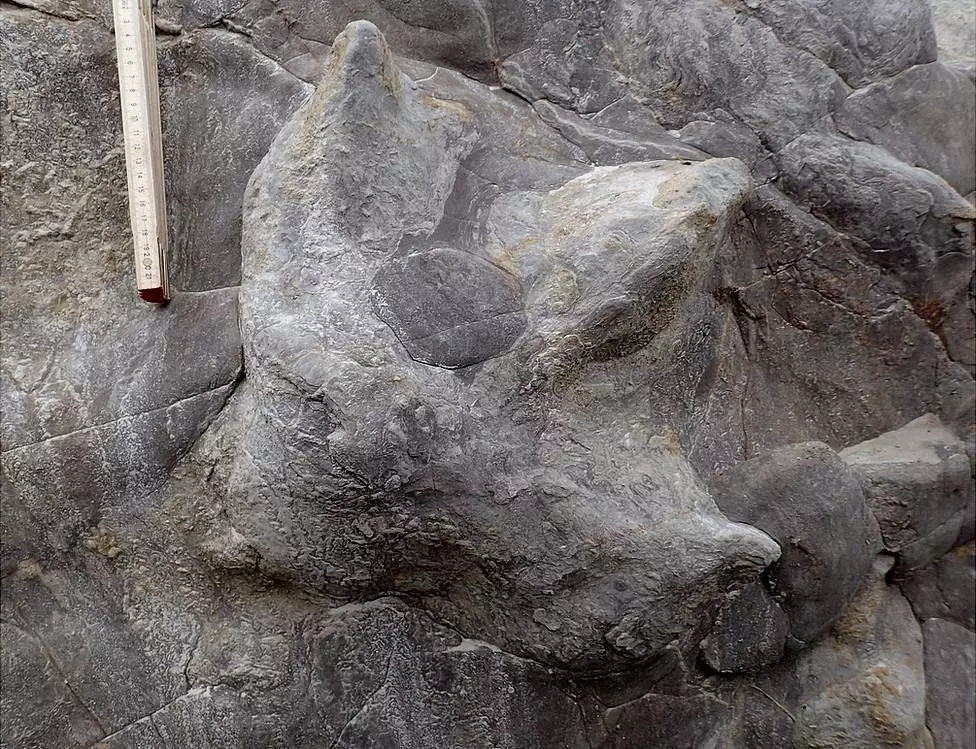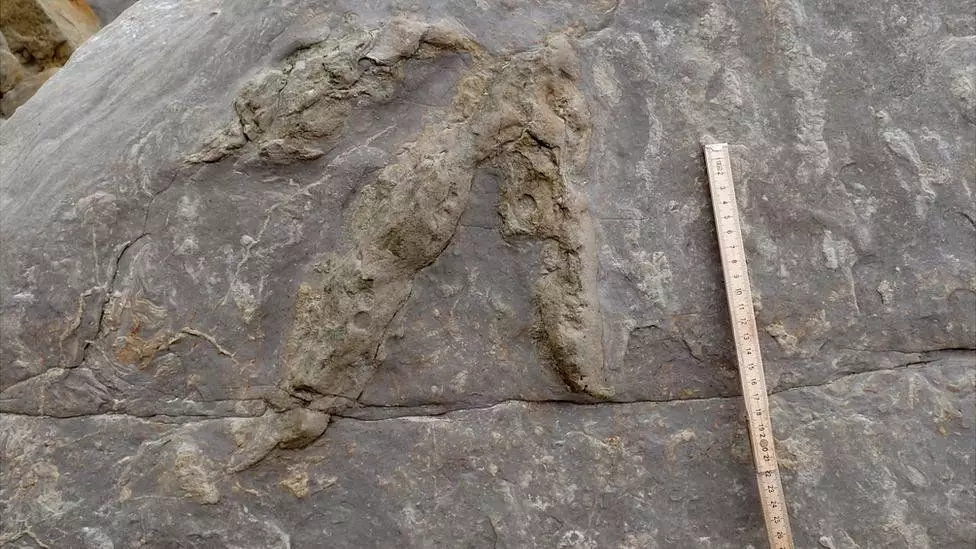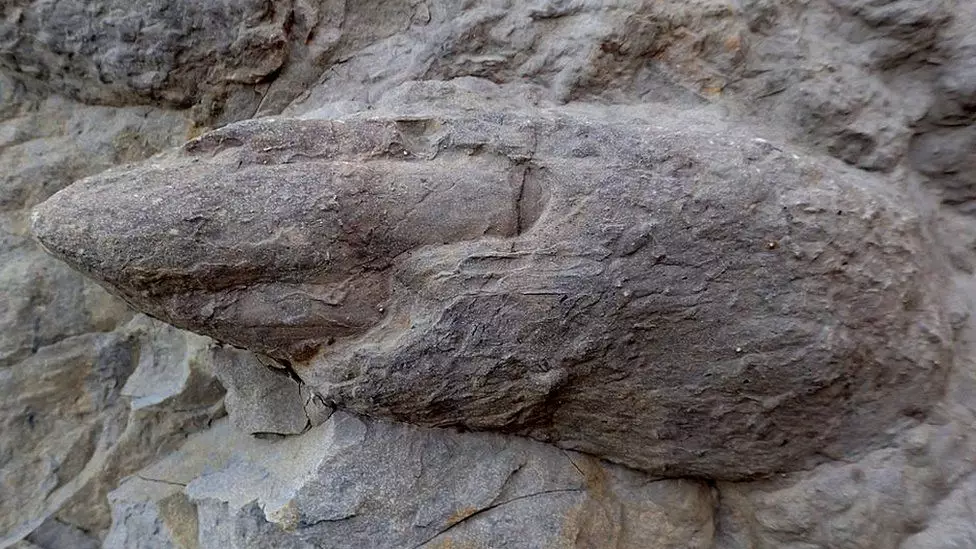
A 'treasure trove' of well-preserved dinosaur footprints have been discovered in East Sussex - and they date back from at least 100 million years ago.
The discovery was made at a beach near Hastings, England, by Paleontologists from the University of Cambridge, who have identified 85 footprints from at least seven different dinosaur species.

The prints range in size from less than 2cm to more than 60cm across, and are in such good condition that the skin, scales and claws are easily visible.
Advert
According to a statement from the researchers, the findings represent 'the most diverse and detailed collection of these trace fossils from the Cretaceous Period found in the UK to date'.

The prints are believed to be from between 145 and 100 million years ago - so long ago, it's hard to get your head around what the Earth must've looked like.
The prints - which were identified by researchers between 2014 and 2018 and will allow the researchers to paint a sturdier picture of life back then - were only made visible thanks to coastal erosion over the past four winters, when strong storms and storm surges led to periods of collapse of the sandstone and mud stone cliffs.

This combined with the fact that Hastings is one of the richest in the UK in terms of uncovering dinosaur fossils has led the researchers to this momentous discovery. Trace fossils such as footprints are harder to find and can help the scientists learn more about the design of dinosaur communities.
Advert
"Whole body fossils of dinosaurs are incredibly rare," said Anthony Shillito, a PhD student in Cambridge's Department of Earth Sciences and the paper's first author.
"Usually you only get small pieces, which don't tell you a lot about how that dinosaur may have lived. A collection of footprints like this helps you fill in some of the gaps and infer things about which dinosaurs were living in the same place at the same time."

But the findings don't end there, as the scientists also uncovered a number of fossilised plants and invertebrates. And they're absolutely blown away by the detail of their discoveries.
Advert
Shillito added: "As well as the large abundance and diversity of these prints, we also see absolutely incredible detail. You can clearly see the texture of the skin and scales, as well as four-toed claw marks, which are extremely rare."
Now Shillito is using the information to study how dinosaurs may have affected the flows of river.
"Given the sheer size of many dinosaurs, it's highly likely that they affected rivers in a similar way, but it's difficult to find a 'smoking gun', since most footprints would have just washed away," said Shillito.
Advert
"However, we do see some smaller-scale evidence of their impact; in some of the deeper footprints you can see thickets of plants that were growing. We also found evidence of footprints along the banks of river channels, so it's possible that dinosaurs played a role in creating those channels."
Featured Image Credit: University of Cambridge/Neil DaviesTopics: Beach, News, Research, Dinosaurs, Interesting